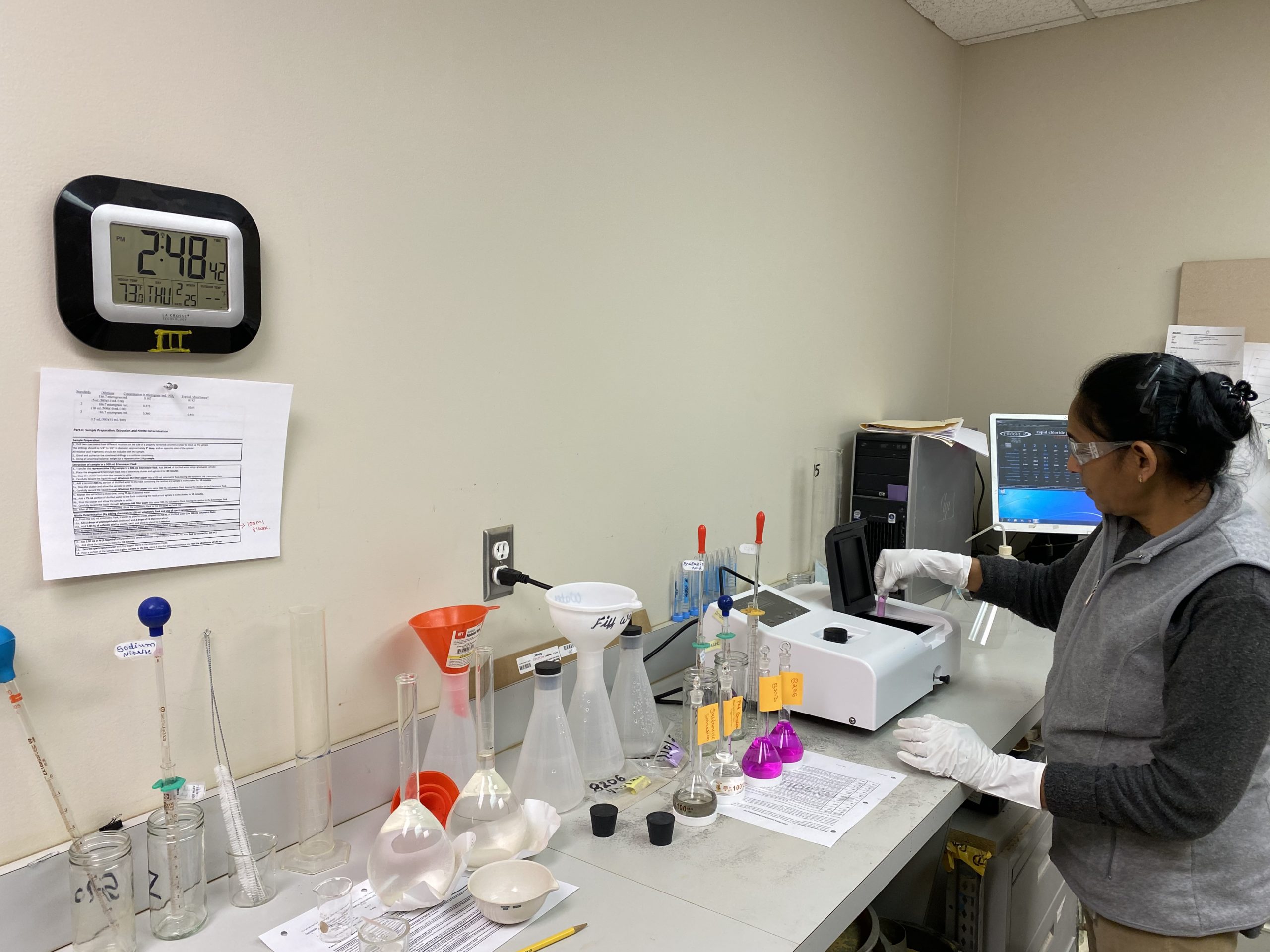Why Concrete Durability Testing is a Must to Ensure Infrastructure Longevity

Infrastructure, including bridges, is a costly investment for municipalities and local agencies. An expensive and vital portion of that investment is concrete, including the pre-cast and cast-in-place concrete that gives bridges their strength to carry large weights.
Before concrete can be placed during construction, every project requires that concrete cylinder specimens be tested in a laboratory to determine their compressive strength to ensure the necessary load-carrying capacity.
But concrete needs to do more than be strong enough when it is installed; it must also remain strong well into the future. Considering how much we spend on infrastructure investment and the need for that infrastructure’s service life to last up to 100 years, should acceptance testing also include durability testing to ensure the design service life will be achieved? Our answer is: absolutely.
How durable concrete will remain over time depends on its ability to resist natural forces like weather and exposure to chemicals such as chlorides and other oxidizing agents. If concrete is manufactured using substandard materials, or if concrete is installed using poor construction practicing like insufficient curing or improper mixing, structures may end up showing premature and potentially serious deterioration. Not only does this premature deterioration cost billions of dollars annually in repairs, but it also creates the risk of collapse or failure.
To help prevent premature deterioration, concrete durability testing is used to evaluate concrete’s resistance to vulnerabilities like water absorption, surface absorption, water permeability, or chloride permeability. These tests are valuable tools for managers and engineers to evaluate concrete’s durability and long-term performance.
Some of the tests our lab performs include the:
- Rapid Chloride Permeability Test (AASHTO T277 or C1202). This test measures concrete’s resistance to chloride permeation.
- Nordtest NT Build 492. This test is used to determine the chloride migration coefficient in concrete and mortar. This coefficient can then be used to assess concrete quality and durability.
- Determination of Nitrite in Hardened Concrete (NCDOT Chemical Procedure #C-20.0). This test is used to determine nitrite levels in hardened concrete. Structure owners use this test to find out if enough corrosion inhibitors are present in a concrete mix.
- Apparent Chloride Diffusion Coefficient by Bulk Diffusion (ASTM C1556). This test measures the chloride diffusion coefficient, which indicates the concrete’s capacity to resist chloride penetration.
Agencies should consider concrete durability testing to be an essential requirement for bridge and other infrastructure projects to protect against costly repairs and re-builds if structures do not achieve their design service life. With proper testing, owners can be more confident that their infrastructure investments will stand the test of time.
